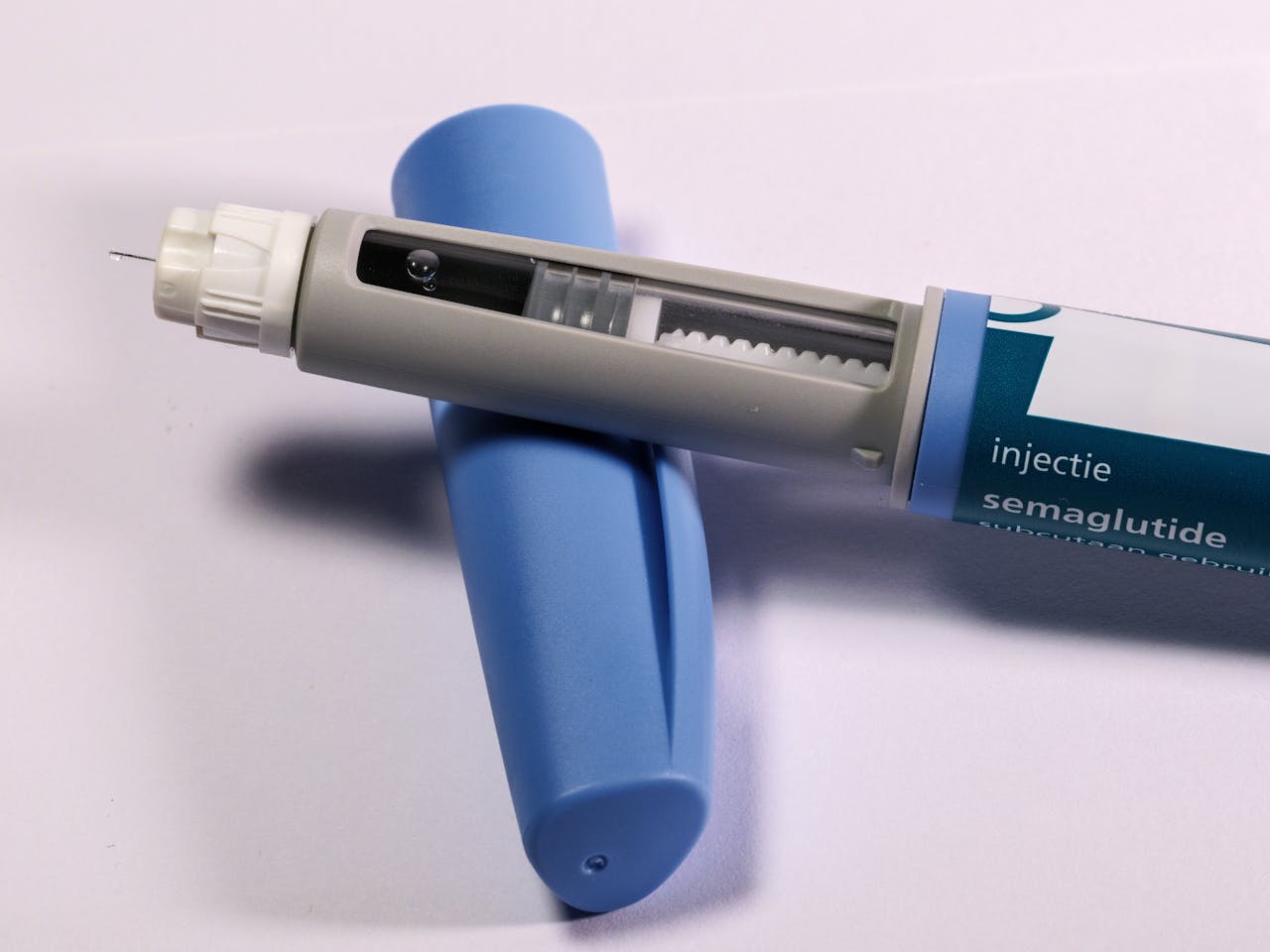Write Us: hello@ali5.org
The Truth About GLP‑1 Weight‑oss Drugs: Miracle or Marketing?
Are GLP‑1 weight-loss drugs the real deal or just hype? Learn the facts about Ozempic, Wegovy, and similar treatments, from how they work to the risks and long-term effects.

They’ve been hailed as game-changers in obesity treatment, but are GLP‑1 medications really as revolutionary as they appear, or just the latest health craze wrapped in hype?
What Exactly Are GLP‑1 Drugs?
GLP‑1 stands for glucagon-like peptide-1, a natural hormone your body releases during and after meals. It helps regulate blood sugar by prompting insulin release, slowing digestion, and signaling to your brain that you’re full. Think of it as your body’s built-in appetite controller.
Scientists have found a way to replicate GLP-1 in injectable medications, such as Ozempic, Wegovy, and Mounjaro. Originally intended for people with type 2 diabetes, these drugs did something unexpected: patients started shedding significant weight. That unexpected effect quickly captured public attention. Now, GLP‑1 drugs are being prescribed for weight loss, even for people without diabetes.
How Do These Drugs Help You Lose Weight?
These medications don’t directly burn fat. Instead, they gently rewire your body’s response to food:
- They curb your appetite, so smaller meals feel more satisfying.
- They slow the rate at which your stomach empties, helping you stay full longer.
- They stabilize blood sugar, preventing spikes and crashes that trigger cravings.
- They influence hunger-regulating centers in the brain, reducing emotional or impulsive eating.
By addressing appetite, digestion, blood sugar, and brain signals, these drugs give people a real advantage in overcoming stubborn weight.
Do They Actually Work? The Evidence
Clinical trials have delivered impressive results:
- Wegovy (semaglutide) helped users lose around 15% of their body weight over roughly a year.
- Ozempic (a lower dose of the same drug) saw users lose 5–10% even though it’s primarily for diabetes.
- Mounjaro (tirzepatide) showed even stronger results; some users lost as much as 20% of their body weight.
For context: most traditional weight-loss medications average only 5–10% weight loss. These GLP‑1 options appear to outperform earlier treatments by a wide margin.
Is It a Breakthrough or Just Brilliant Marketing?
That depends on your viewpoint. The results are real, but these treatments come with caveats.
1. Long-Term Use Is the Norm
GLP‑1 drugs don’t alter your baseline metabolism. Once you stop taking them, your appetite often returns, and so does the weight. For many, this means lifelong use, which brings both cost and commitment into the equation.
2. Side Effects Are Part of the Package
Almost everyone starting a GLP‑1 treatment will experience side effects, including:
- Nausea or vomiting
- Bloating or stomach cramping
- Diarrhea or constipation
- Fatigue or headaches
While often mild, some patients experience more serious issues such as pancreatitis or thyroid problems. Ongoing medical oversight is essential.
3. The Price Tag Is High
Without insurance coverage, a monthly supply of Ozempic or Wegovy can cost $900 to $1,400. Since these drugs aren’t always covered for weight loss alone, many end up paying out of pocket.
4. They Don’t Replace Healthy Habits
It’s critical to understand that GLP‑1s support weight loss, but they don’t replace healthy living. Without improvements in diet, exercise, and lifestyle, most people won’t sustain the benefits. Combining medication with lifestyle change yields the best outcomes.
Who Should Even Consider These Medications?
According to FDA guidelines, GLP‑1 drugs are meant for:
- Adults with type 2 diabetes
- Those with obesity (BMI ≥30)
- Those who are overweight (BMI ≥27) with additional health issues, like high blood pressure or sleep apnea
They’re not intended for cosmetic slimming or those with only a few extra pounds to lose.
The Mental and Emotional Side Effects
Weight loss often brings emotional changes too. Some people describe:
- Anxiety around eating for fear of side effects
- Pressure to stay thin long after stopping the drug
- Feelings of guilt if the weight returns
- Worry about becoming dependent on medication
When paired with social media comparisons, it’s easy to feel inadequate if your weight-loss journey doesn’t mirror someone’s viral transformation.
What About Long-Term Safety?
These drugs are relatively new, so long-term effects, over ten or twenty years, are still being researched. Potential concerns include:
- Thyroid tumors, observed in animals but not yet confirmed in humans
- Pancreatic inflammation
- Gallbladder disease
- Nutrient deficiencies from reduced food intake
Doctors continue to monitor these possibilities closely.
Should You Try a GLP‑1 Drug?
Ask yourself:
- Have you been officially diagnosed with overweight or obesity?
- Have diet and exercise alone failed to produce lasting results?
- Are you ready to commit to treatment and regular check‑ups?
- Can you afford the costs, with or without insurance?
If you’re mostly saying “yes,” it might be worth discussing GLP‑1 options with your doctor. But do so with clear expectations; this is not a casual decision, and it isn’t a shortcut.
Final Thoughts
GLP‑1 drugs like Ozempic, Wegovy, and Mounjaro are transforming the way many people approach weight loss. Their ability to promote significant weight loss is well-documented. But they’re not cure-alls.
These medications require ongoing use, careful medical monitoring, and lifestyle commitments. Used thoughtfully and under guidance, they can offer meaningful health improvements. Still, lasting health and confidence go far beyond a prescription; they come from long-term balance, realistic goals, and consistent effort.







